Tenerife is an island of superlatives. As well as being the largest - and arguably most varied - island in the Canarian archipelago, it boasts the tallest mountain in all of Spain, and one of the largest volcanic craters in the world.
Tenerife attracts more British tourists than any of the other Canary Islands, but that should not deter more discerning travellers, for the vast majority of visitors head straight for the purpose-built beach resorts of the southwest coast - Los Cristianos, Playa de las Americas and its more upmarket extension Costa Adeje - leaving the rest of the island relatively unaffected by the trappings of mass tourism.
At any rate, no amount of man-made development could dwarf Tenerife's considerable natural assets. At 3,718 metres, Mount Teide is truly awe-inspiring, an ever-present hulk of a mountain that has shaped the island's appearance, climate and culture since pre-historic times. Mount Teide stands at the heart of the Caņadas del Teide National Park, a dramatic lunar landscape of twisted rock formations, lava fields and sandy plateaux. Whilst Mount Teide and the surrounding National Park are undoubtedly the most extraordinary of Tenerife's natural attractions, the island boasts many other features that are equally rewarding for keen walkers and nature lovers, from the imposing Barranco del Infierno ("Gorge of Hell") near Adeje in the south and the sheer sea cliffs of Los Gigantes in the west to the lush Orotava Valley in the north and the rugged Anaga mountain range on the island's eastern peninsula.
Tenerife's mountainous terrain has created distinct microclimates, endowing the north of the island with a lush, fertile landscape thanks to rains brought by the prevalent trade winds, whilst the south is largely barren and generally hotter. Today's package tourists may favour the south, but historically this arid land was considered largely worthless, containing just a few villages situated up in the hills where agriculture was feasible. Both the island's indigenous population - the Guanches - and the Spanish conquerors and their colonial successors settled in the north of the island, where they made a good living cultivating wine, bananas and other tropical fruits and flowers and trading with the New World. As a result, anyone with an interest in the island's cultural heritage should concentrate their explorations on the north, where fine examples of colonial architecture abound in towns such as Garachico and La Orotava, and of course in the present day capital Santa Cruz and the former capital La Laguna, which is home to one of Spain's oldest universities. Between them, Santa Cruz and La Laguna also boast a number of interesting museums, covering subjects from fine arts, island history and anthropology to nature, science and astronomy.
The north also contains the oldest holiday resort in the Canary Islands, Puerto de la Cruz, often simply referred to as Puerto. A harbour town founded in the 17th century, Puerto's status grew when the rival port of Garachico was destroyed by a volcanic eruption in 1706. By the end of the 19th century, Puerto's mild climate and picturesque setting had come to the attention of British and Northern European aristocrats, and it became a fashionable place to spend the winter for the privileged few who could afford to do so. With the advent of air travel, Puerto boomed in the 1960s, and as a result the town has its share of hotels and apartment buildings that would not win any prizes for architectural sensitivity. Nevertheless, Puerto's old town retains all its colonial charm, the setting at the base of the lush Orotava Valley is as splendid as ever, and unlike the purpose-built resorts of the south, where there is no such thing as a local population, Puerto has grown organically over centuries and thus remains a proper community, with a working fishing harbour, picturesque backstreets and bustling squares where visitors mingle with local townsfolk.
The town also boasts a number of attractions, including the delightful Botanical Gardens, founded in 1788 by King Carlos III to acclimatise plants brought from Spain's colonies, the Loro Parque, which has grown from a humble parrot park to an award-winning wildlife centre, and the Lido Martiánez, a superb complex of seawater swimming pools designed by the renowned Lanzarotean artist César Manrique. For those who prefer swimming in the open sea, there are black sand beaches at either end of the resort; of which the Playa Jardín (also landscaped by Manrique) at the western end is arguably the most appealing.
On the whole, beaches are not Tenerife's strongest selling-point, and we believe that the island is much better suited to those who enjoy exploring natural and cultural treasures. Most of the island's natural beaches are dark and course, with the notable exception of El Medano in the south, which boasts a long expanse of soft beige sand. To remedy the situation, the island's authorities have created several man-made beaches in the southern resorts. However, by far the best man-made beach on the island, the extensive Playa de las Teresitas, is nowhere near the tourist centres, but is in fact located just outside the capital Santa Cruz - proof if any were needed that, far from succumbing completely to tourism, the people of Tenerife like to keep the best of their island to themselves, and to the few inquisitive travellers who are prepared to venture beyond the main resorts.
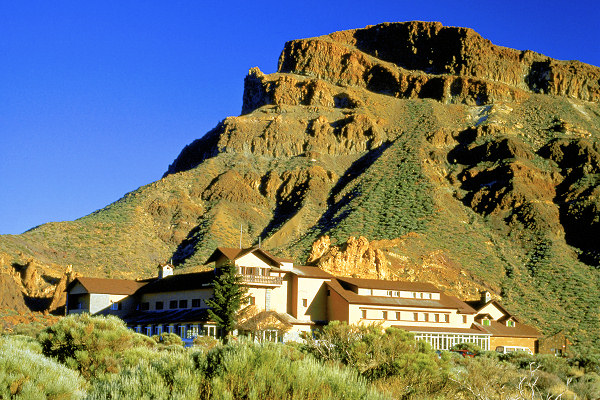
Cañadas del Teide National ParkThe only accommodation located inside the National Park, Tenerife's Parador will appeal to serious hikers, lovers of spectacular mountain scenery and hobby astronomers wishing to take advantage of the clear night skies.
Find out more here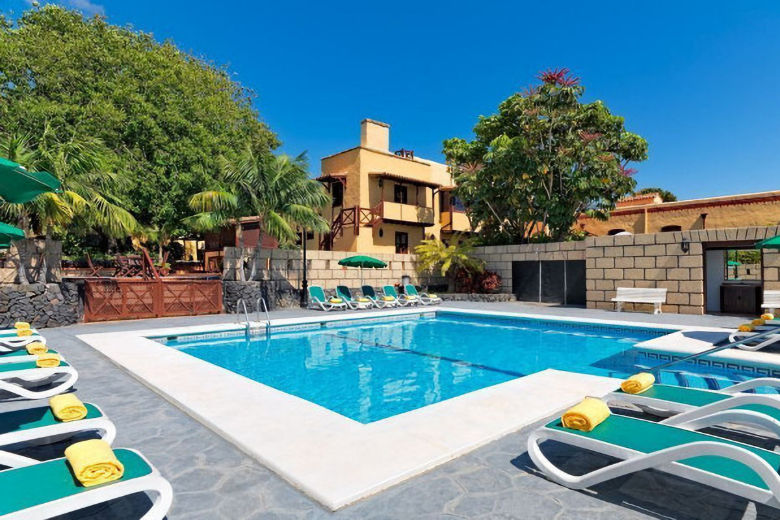
GüimarA charming rural hotel offering comfortable accommodation and traditional Canarian cuisine in a convenient location for exploring both the north and the south of the island.
Find out more here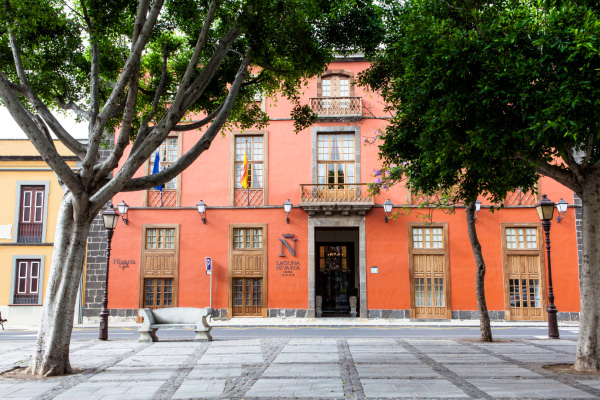
La LagunaConverted from a 16th-century mansion in the heart of the historic university town of La Laguna, the Nivaria attracts business travellers, academic visitors and independent-minded holidaymakers seeking comfortable accommodation in authentic surroundings.
Find out more here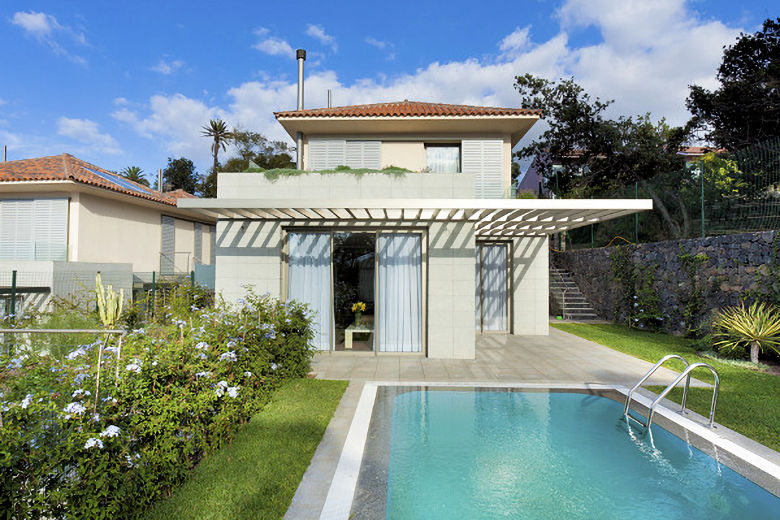
Santa UrsulaA small cluster of modern villas with their own swimming pools in a prestigious residential area a short drive from Puerto de la Cruz
Find out more here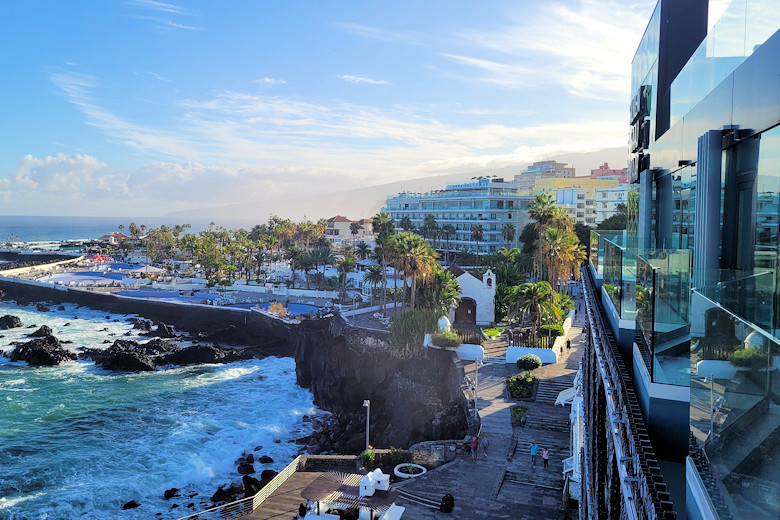
Puerto de la CruzA stylish adults-only hotel offering comfortable accommodation, personal service and access to spa facilities in a prime seafront position in the heart of Puerto de La Cruz.
Find out more here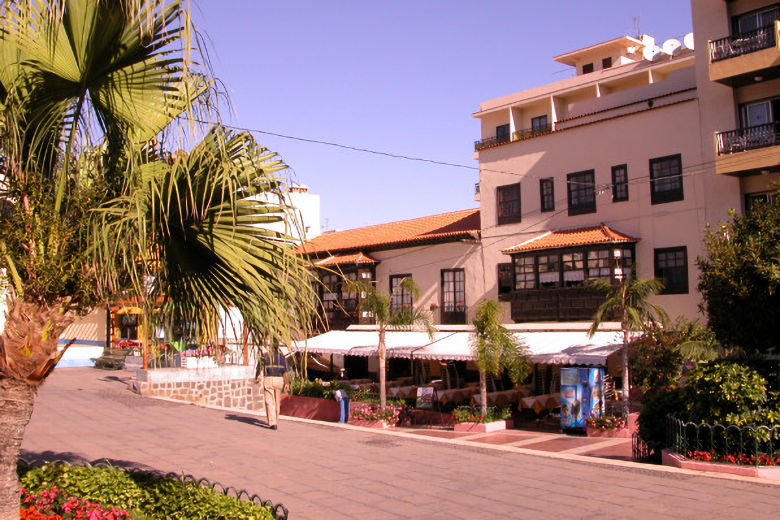
Puerto de la CruzSituated in the heart of Puerto's old town, the Marquesa is one of the island's oldest hotels, offering simple but charming accommodation with plenty of local character.
Find out more here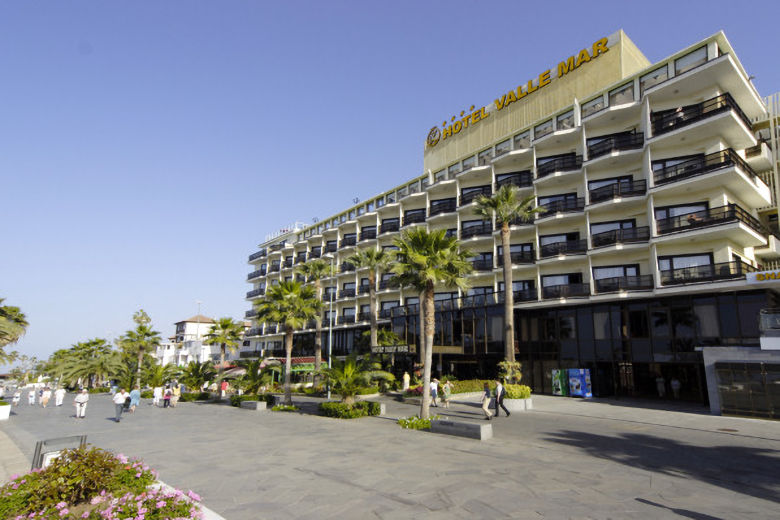
Puerto de la CruzA well-established hotel with an appealingly traditional ambience, the Vallemar boasts a prime position directly opposite the famous seawater-swimming pool complex, Lido Martianez.
Find out more here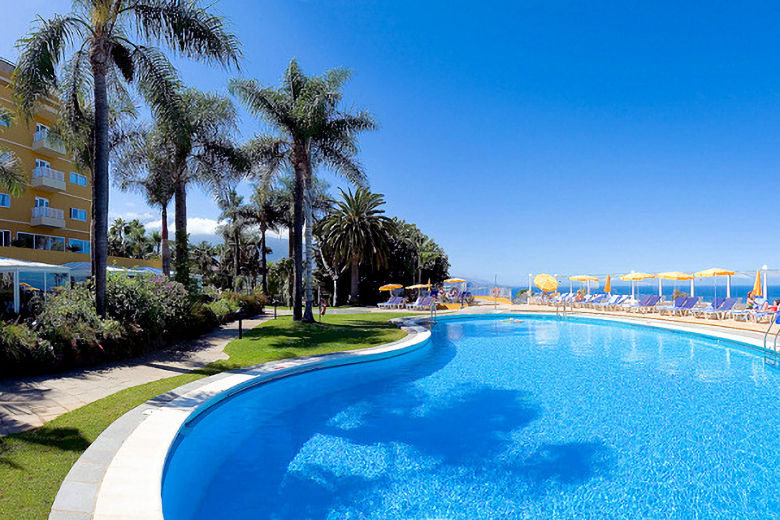
Puerto de la CruzAn exceptionally well-run hotel with a personal atmosphere set peacefully in magnificent gardens next to the Taoro Park
Find out more here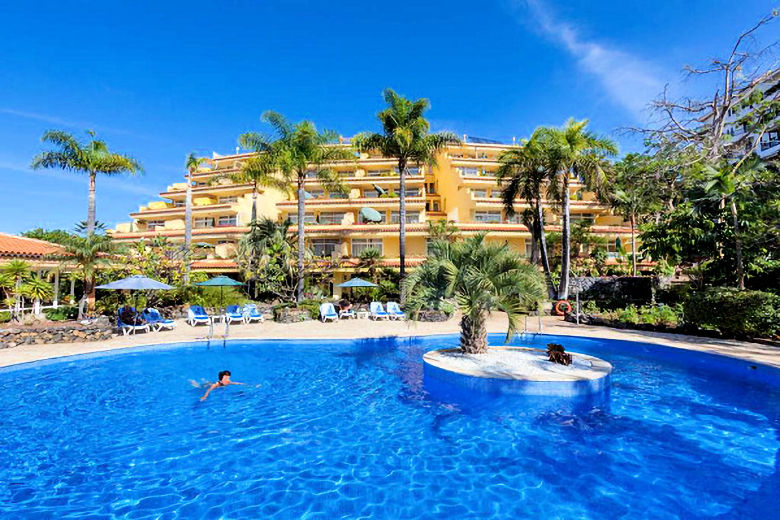
Puerto de la CruzA small block of spacious and comfortable apartments with breakfast included, set in lovely gardens with a heatable swimming pool in a quiet yet convenient location in Puerto de la Cruz.
Find out more here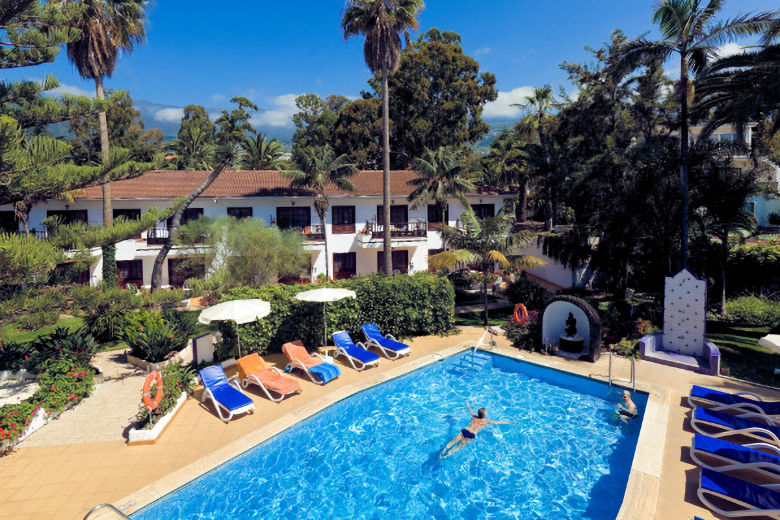
Puerto de la CruzComfortable apartments in set in lovely gardens in a quiet area just a short walk from the Botanical Gardens and the nearest shops and restaurants
Find out more here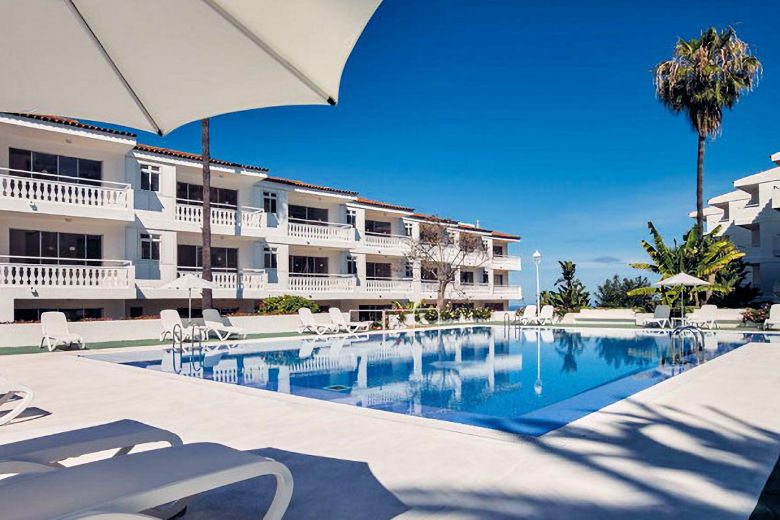
Los Realejos near Puerto de la CruzA well-run aparthotel in a peaceful yet convenient location close to Puerto de la Cruz, offering comfortable accommodation and a range of nature-based activities, including guided walking excursions and bike rides
Find out more here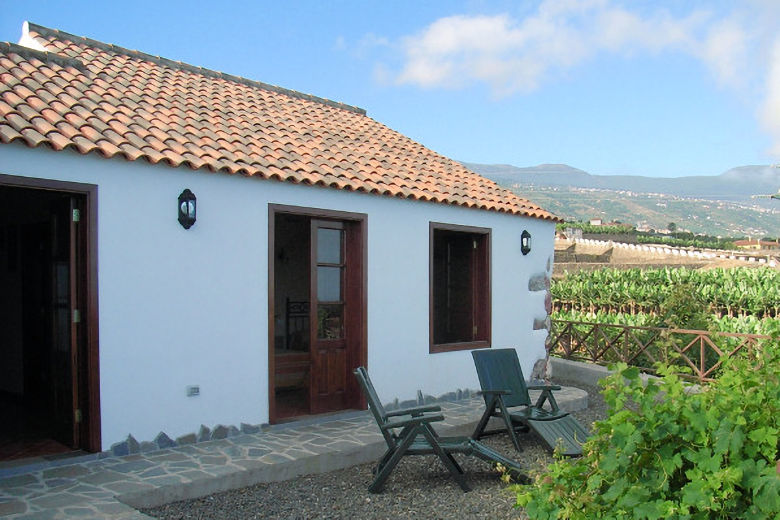
El Rincon, near Puerto de la CruzPeacefully situated amidst farmland with glorious ocean views, this charming cottage offers comfortable accommodation, a good degree of privacy and easy access by car to Puerto de la Cruz
Find out more here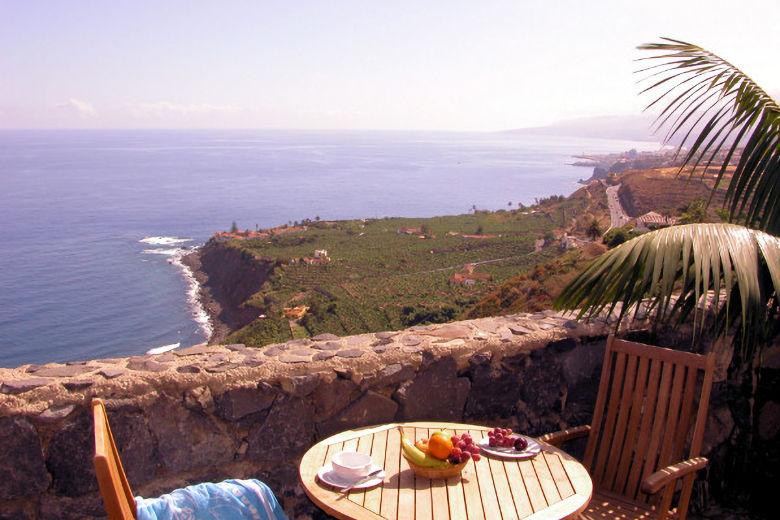
Playa del SocorroPerched on a steep hillside, these four cottages offer charming accommodation and boast extensive views along the north coast.
Find out more here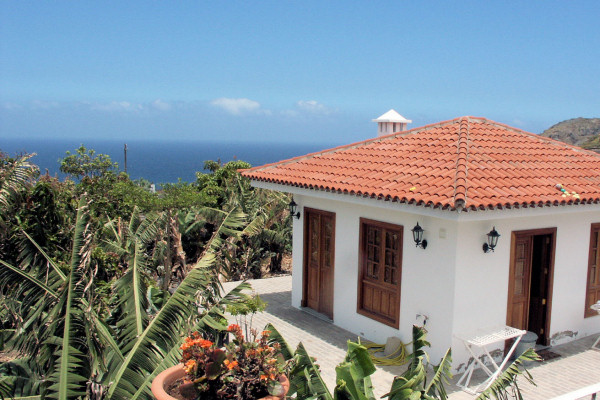
Icod de los VinosFive independent dwellings offering a high-standard of accommodation in a peaceful orchard setting close to the coast
Find out more here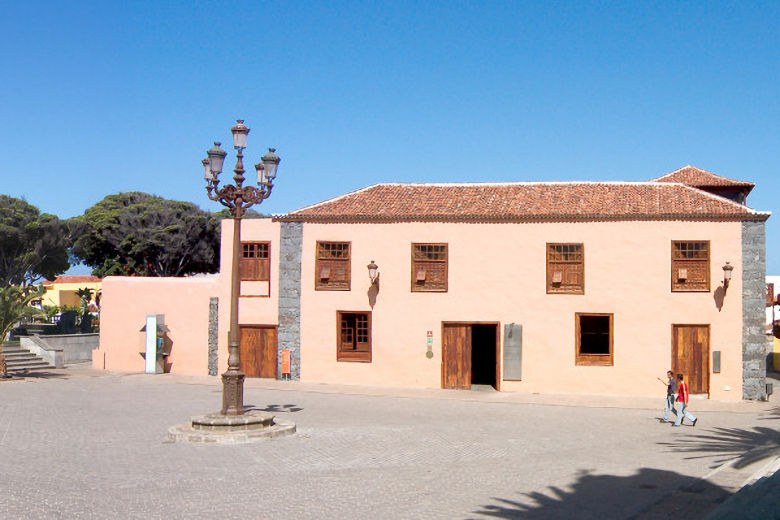
GarachicoBeatifully converted from a 17th century mansion in the historic north coast village of Garachico, La Quinta Roja offers stylish accommodation in an authentic setting
Find out more here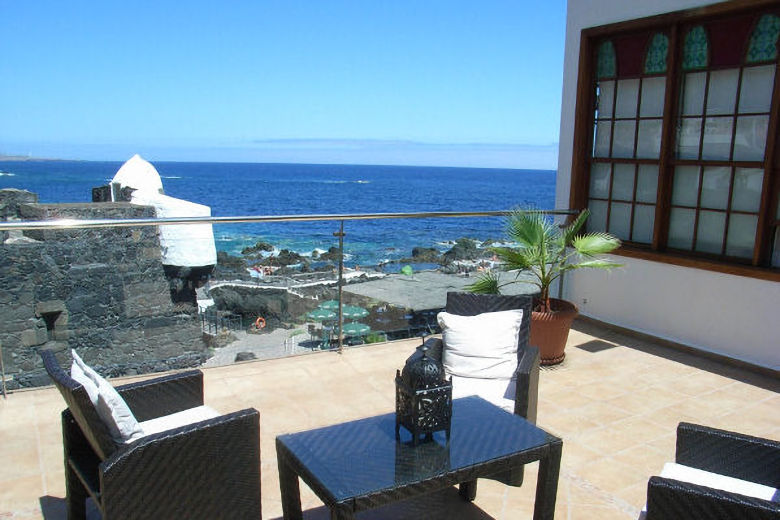
GarachicoStanding on Garachico's seafront opposite the ancient castillo, this lovingly restored townhouse offers accommodation full of character and a delightfully informal, personal ambience.
Find out more here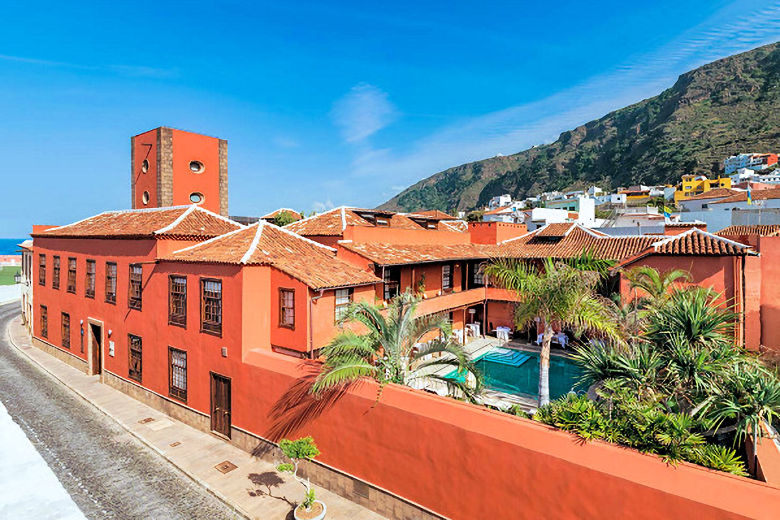
GarachicoSet in a restored manor house in the centre of Garachico, this stylish boutique hotel offers comfortable accommodation, fine food, personal service and a small heated swimming pool
Find out more here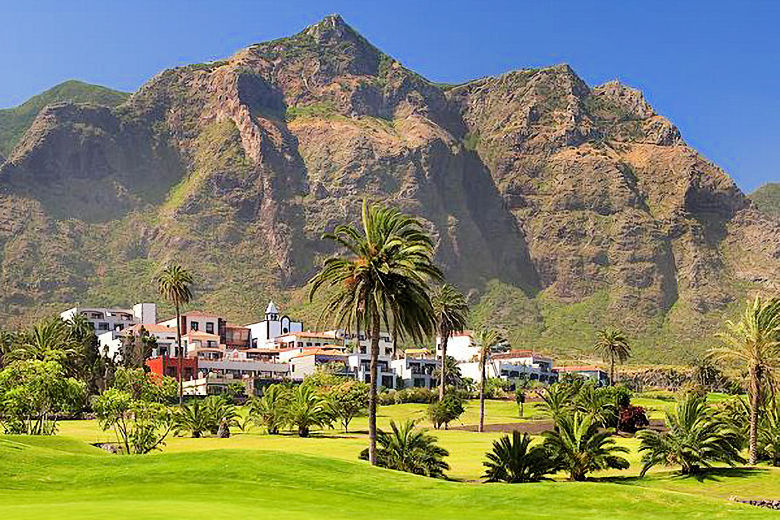
Buenavista del NorteAn attractively designed luxury hotel with a very peaceful ambience in Tenerife's unspoilt north-west corner, ideal for keen walkers, golfers and those wishing to relax in comfortable surroundings
Find out more here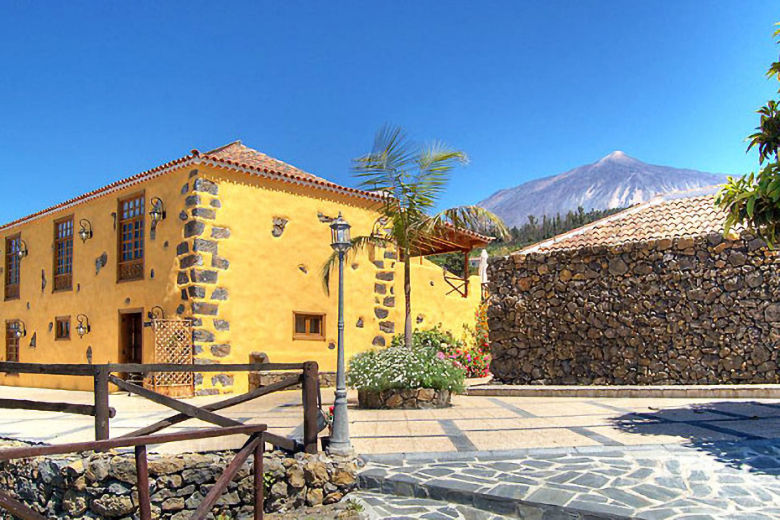
Near Icod de los VinosA cluster of charming apartments created from a restored manor house in a picturesque rural setting.
Find out more here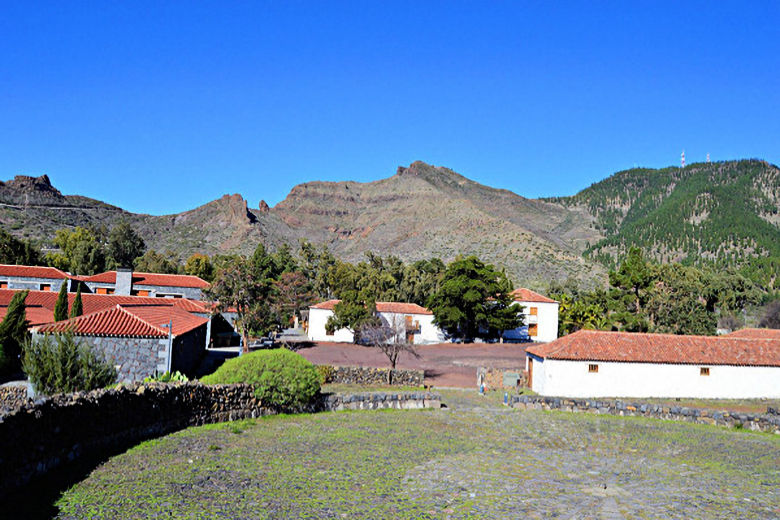
Santiago del TeidePerfectly placed for walkers keen to explore the west of Tenerife, this rural hotel combines traditional charm with modern style and boasts its own horse-riding stables
Find out more here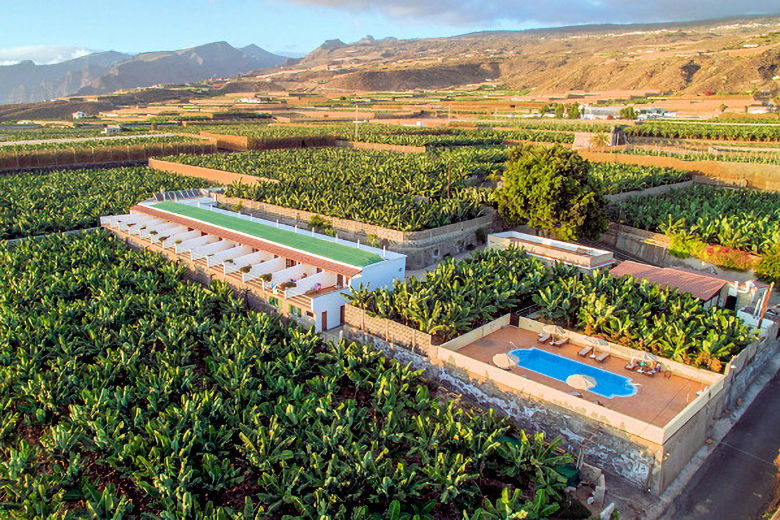
AlcaláA charming rural hotel set amidst a large banana plantation within walking distance of a small beach, just outside the village of Alcalá on Tenerife's sunny southwest coast
Find out more here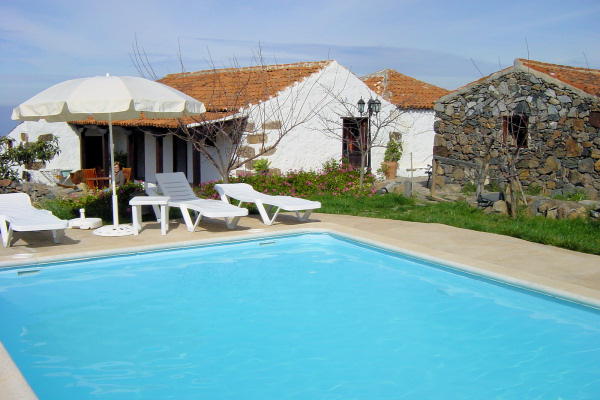
TauchoTwo restored cottages with a shared swimming pool, perched high above the south-west coast on the edge of a small rural village
Find out more here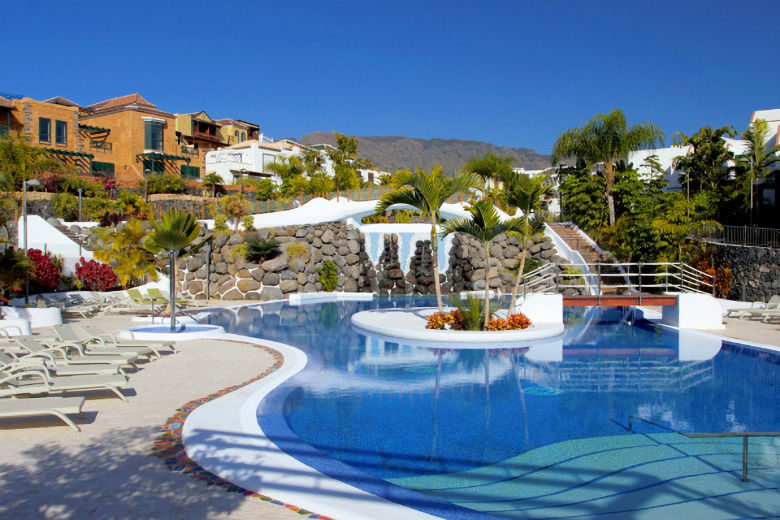
La CaletaPerfect for families, this unique hotel is made up of luxurious villas - some with their own swimming pools - and enjoys a peaceful setting next to a golf course within easy reach of southern Tenerife's beach resorts
Find out more here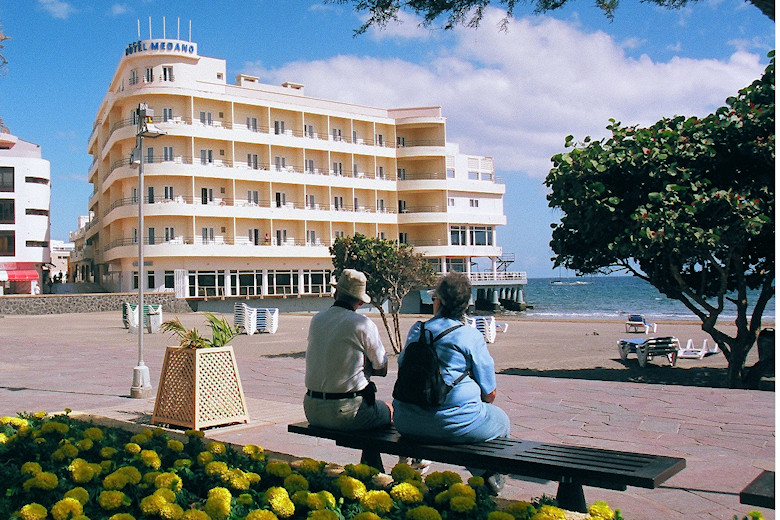
El MédanoWith its unique position on the very edge of the ocean in the relaxing resort of El Médano, this simple but welcoming hotel will appeal to guests seeking a beachside setting with an authentic local feel.
Find out more here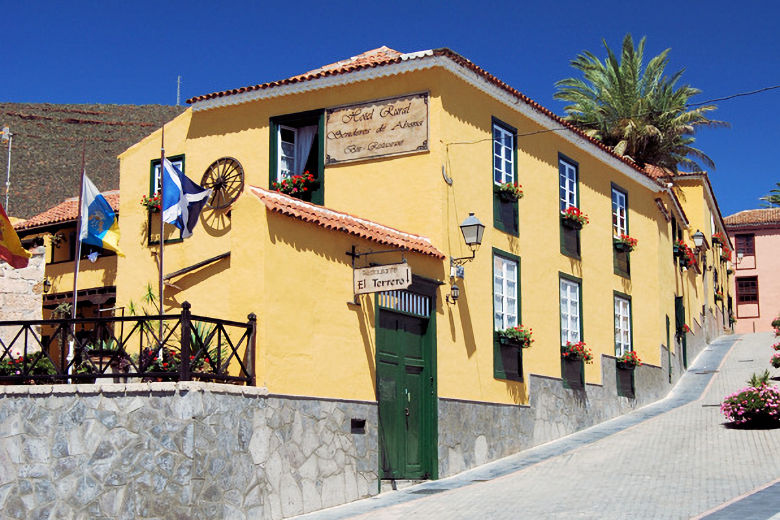
Granadilla de AbonaA charming rural hotel situated in an authentic village roughly halfway between the mountains and the coast in the warmer south of the island
Find out more here